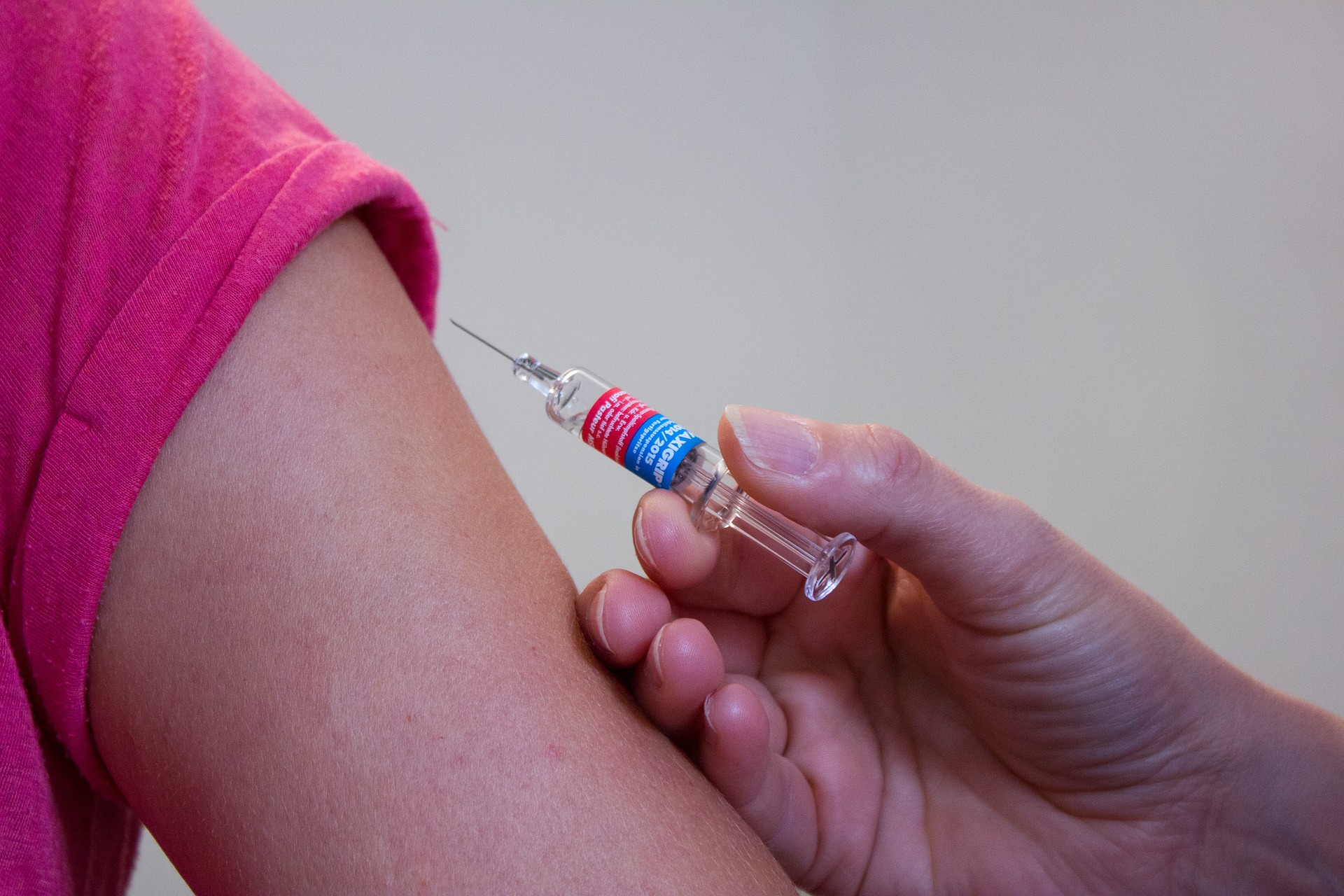An ounce of prevention: does breastfeeding protect against childhood cancer?
Learning that your child has cancer might seem like a nightmare, but this year, the American Cancer Society projects that it will become a reality for almost 10,000 American families. Fortunately, thanks to decades of international collaboration and the altruism of patients and their families who advocate for better treatments and participate in clinical trials, outcomes for children with cancer have improved dramatically. In the 1960s, fewer than 10% of children diagnosed with acute lymphoblastic leukemia, the most common pediatric cancer, survived five years from diagnosis; today, more than 90% will.
Researchers and physicians who study and treat childhood cancer often hear a seemingly simple question: “Why?” Unfortunately, we rarely have an answer. In fact, most cases of cancer in children have no known cause. The National Cancer Institute estimates that about 5% are attributable to inherited genetic mutations. The rest are probably the result of complex interactions between (epi-)genetic, environmental, behavioral and social factors. Not only is this unsatisfying for patients and their families but it also creates an enormous barrier to our efforts to prevent cancer in future generations of children.
One of the major focuses of our laboratory is identifying so-called modifiable risk factors for childhood cancer – things that we could theoretically intervene upon, at the population level, to prevent cancer in children. Recently, I had the privilege to lead two large international studies through the Childhood Cancer & Leukemia International Consortium, an organization of scientists dedicated to understanding why kids get cancer.
In the first, we sought to determine whether children who were breastfed as infants had a lower risk of developing acute lymphoblastic leukemia (ALL) and acute myeloid leukemia (AML), the most common hematologic malignancies in children. In the second, we focused on whether breastfeeding is associated with some of the most common brain tumors: astrocytoma, medulloblastoma and ependymoma.
The American Academy of Pediatrics and the World Health Organization recommend that mothers breastfeed exclusively (without providing other foods or liquids) to their infants during the first six months of life. While these recommendations are not based on reduced cancer risk in breastfed children, breastfeeding does help infants develop strong immune systems, which some have speculated may help prevent cancer later in childhood.
In our study, breastfed children less often went on to develop leukemia. Children exclusively breastfed longer than six months had a 30% lower risk of developing ALL. In contrast, breastfed children were no more or less likely to develop brain tumors than children who did not receive breast milk.
Our study is significant for several reasons. First, it included data from almost 15,000 children with cancer and more than 20,000 healthy “controls” from 11 countries. It provides some of the most detailed information on breastfeeding and cancer to date, especially for AML and brain tumors. It is the result of innumerable hours of work by hundreds of researchers across the globe, as well as the generosity of all those who participated in the studies that contributed data.
Our research offers important clues into how leukemia develops in children and how we might prevent it someday. Breast milk is a complex mixture of macronutrients like protein, fat and carbohydrates, as well as immunologically active agents like antibodies, maternal immune cells and human milk oligosaccharides – sugars metabolized by commensal (“good”) bacteria in our gut.
A critical next step will be to identify the specific breast milk components linked to a lower risk of leukemia because milk composition varies between women and over time; some could potentially be used to supplement the diets of infants who are not breastfed in the hope of preventing leukemia. While we were disappointed to find that breastfeeding did not also protect against brain tumors in our study, this result is still informative because it suggests that early-life nutrition is not a risk factor for these diseases and underscores the complex and heterogeneous nature of cancer in children.
Our findings also highlight the need for policies and programs that promote breastfeeding. Although most women in the United States initiate breastfeeding, only 25% are breastfeeding exclusively at six months. Of concern, rates are even lower among Hispanic/Latina and non-Hispanic/Latina Black people. Common barriers to breastfeeding include a lack of paid family and medical leave programs, an increase in alternative parentage arrangements (e.g., use of surrogates, adoption, etc.) where the parents raising the infant are not biologically able to breastfeed them, unsupportive social or professional environments, difficulty establishing breastfeeding, and pain. These could potentially be addressed through, for example, policy changes and public awareness campaigns targeted at improving breastfeeding opportunities and increasing knowledge of its health benefits.
Perhaps most importantly, our work demonstrates that big data and team science can lead to discoveries that would not be possible otherwise.
Dr. Jeremy Schraw, assistant professor of pediatrics – oncology at Baylor College of Medicine



